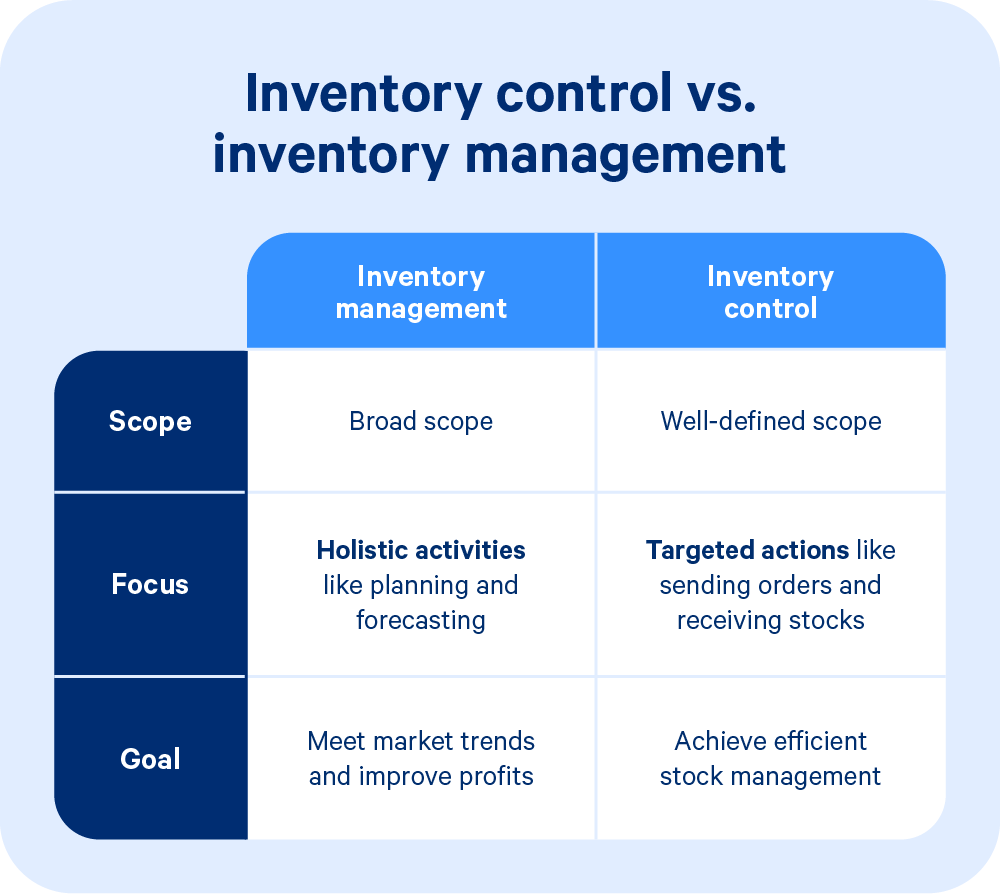The Hidden Cost of Disorganized Inventory
Have you ever walked into a store looking for a specific item, only to be told by the salesperson that they are out of stock? Frustrating, right? Well, imagine if you were the owner of that store and this was happening on a regular basis. This is just one of the many ways that disorganized inventory can hurt your profits.
When your inventory is disorganized, it can lead to a whole host of problems that ultimately result in lost revenue. For starters, not being able to fulfill customer orders because you can’t find the products they are looking for can result in lost sales. Customers who come to your store expecting a certain item only to leave empty-handed are unlikely to return in the future.
Additionally, having disorganized inventory can lead to overstocking or understocking. Overstocking means that you have too much of a certain product, which ties up your cash flow and takes up valuable storage space. On the other hand, understocking means that you don’t have enough of a certain product, which can lead to missed sales opportunities and unhappy customers.
Disorganized inventory can also result in shrinkage, which is the loss of inventory due to theft, damage, or administrative errors. When you don’t have a clear picture of what is in your inventory, it becomes much easier for items to go missing without anyone noticing. This can have a significant impact on your bottom line, as you are essentially losing money on products that you don’t even know are missing.

Image Source: imagekit.io
In addition to these direct costs, disorganized inventory can also lead to indirect costs that can eat away at your profits. For example, having to spend extra time and resources searching for products or trying to figure out what is in stock can result in decreased productivity and increased labor costs. This time could be better spent on other aspects of your business that can drive revenue.
Furthermore, disorganized inventory can affect your relationships with suppliers. If you are constantly running out of stock or ordering too much of a certain product, your suppliers may become frustrated with you and may not prioritize your orders. This can result in delays in receiving inventory, which can further impact your ability to fulfill customer orders in a timely manner.
In today’s competitive business environment, having effective inventory management is crucial to the success of your business. By implementing systems and processes to keep your inventory organized and up-to-date, you can avoid the hidden costs of disorganized inventory and protect your profits. So, take the time to evaluate your current inventory management practices and make any necessary changes to ensure that your business is running efficiently and effectively. Your bottom line will thank you for it.
Don’t Let Inventory Woes Sink Your Bottom Line
In the fast-paced world of business, one of the most crucial aspects of success is effective inventory management. If not handled properly, inventory management can quickly become a nightmare for businesses, leading to a range of issues that can ultimately hurt your profits.
One of the main ways that ineffective inventory management can hurt your profits is by causing stockouts. Stockouts occur when a product is out of stock, leading to lost sales and dissatisfied customers. This can be particularly damaging for businesses that rely on a steady flow of sales to keep their cash flow healthy. Not only do stockouts result in immediate revenue loss, but they can also have long-term effects on customer loyalty and brand reputation.
On the flip side, having too much inventory can also hurt your profits. Excess inventory ties up valuable resources that could be better used elsewhere in your business. It can lead to storage costs, obsolescence, and the risk of products becoming damaged or expired. This can have a significant impact on your bottom line, eating into your profits and preventing you from investing in other areas of your business.
Another way that ineffective inventory management can hurt your profits is by increasing your carrying costs. Carrying costs refer to the expenses associated with holding inventory, such as storage, insurance, and the cost of capital. The longer you hold onto inventory, the more money you are tying up in assets that are not generating revenue. By optimizing your inventory levels and reducing excess stock, you can lower your carrying costs and improve your profitability.
In addition to these direct financial impacts, ineffective inventory management can also hurt your profits by leading to inefficiencies in your supply chain. When inventory is disorganized or inaccurately tracked, it can lead to delays in fulfilling orders, increased lead times, and higher transportation costs. These inefficiencies can result in lost sales, unhappy customers, and decreased overall productivity within your business.
Furthermore, poor inventory management can also have a negative impact on your relationships with suppliers. If you are constantly running out of stock or overordering, your suppliers may become frustrated with the unpredictability of your orders. This can lead to strained relationships, missed opportunities for discounts or favorable terms, and ultimately higher costs that can eat into your profits.
To avoid these pitfalls and ensure that your inventory management is effectively boosting your profits rather than hindering them, it is crucial to implement best practices and invest in the right tools and technology. This may include adopting inventory management software, implementing barcode scanning systems, setting up regular inventory audits, and establishing clear processes for ordering, receiving, and tracking inventory.
By taking the time to streamline your inventory management processes and proactively address any inefficiencies, you can position your business for success and ensure that your bottom line remains strong. Don’t let inventory woes sink your profits – instead, take control of your inventory management and watch your business thrive.
The Impact of Poor Inventory Management on Your Bottom Line